Wasp pupae with black Chinese jujube meat wrapped in sticky rice is a dish in Dien Bien at the end of the year when the weather is cold.
Early autumn, cool weather is the time when black plum in the Northwest mountains in general and Dien Bien in particular enters the season. And from September to before Tet, people here often harvest wasp pupae. Coming to Dien Bien on cold days, visitors have the opportunity to enjoy a specialty dish combining black plum and steamed wasp pupae eaten with sticky rice.

Wasp pupae and black locust wrapped in sticky rice.
Owning a restaurant in Noong Chun village, Nam Thanh ward, Dien Bien Phu city, Ms. Dao Thi Nhung (33 years old) was invited by the Vietnam Culinary Culture Association (VCCA) to participate in the Hanoi Autumn Festival 2023 (September 29 - October 1). In addition to the familiar dishes on the traditional tray of the Black Thai people such as grilled carp, grilled minced pork wrapped in banana leaves, smoked buffalo meat, wild vegetable salad and five-color sticky rice, Ms. Nhung brings the dish of bee pupae mixed with black canarium.
According to Ms. Nhung, this is a "cold day specialty" in Dien Bien. Wasps are poisonous but are loved and sought after for their nutritional value. "Bee pupae are a rare delicacy of the Northwest mountains and forests, only available once a year," Ms. Nhung said.
Dien Bien people choose the type of pupae that are not too young or too old, milky white, the size of a little finger. When harvested, the pupae are still in the wax. People remove the pupae and dip them in hot water to firm the meat. Then wash them in diluted salt water to disinfect, remove the slime, and rinse them with clean water. After being cleaned, the bee pupae are steamed for about 5 - 7 minutes. This way, the pupae retain their original shape and color.
The black plums mixed with steamed wasp pupae must be wild plums, small, tapered at both ends, with smooth and unspotted skin and a white powdery layer on the outside. The plums are dropped into boiled water and cooled to about 50 degrees Celsius for more than half an hour until soft. Use your hands to break the plums in half to separate the seeds and flesh. The flesh is purple-pink in color, with a rich, sour aroma.

Steamed wasp pupae retain their original shape and milky white color.
The ingredients for making sticky rice are upland sticky rice, large, round, plump grains. The rice is soaked in water for about 3 - 4 hours and then steamed for 30 - 40 minutes over low heat.
The correct way to eat this dish is to mash the bee pupae with the black canarium fruit flesh. "You can mash it by hand, but using a mortar and pestle will make it smoother and softer," said Ms. Nhung. Then take a handful of sticky rice, spread it into a circle, then put the bee pupae and black canarium mixture in the middle, and wrap it into a ball. Between the white of the sticky rice and bee pupae, the purple-pink color of the black canarium fruit flesh stands out, creating an attractive look for the dish.
Diners can feel the rich taste of bee pupae, the nutty taste and a little sourness and astringency of black Chinese jujube, the stickiness, aroma and sweetness of sticky rice. Mr. Tran Manh (Hanoi) said he was "most impressed" with this dish in the traditional meal of the Black Thai people in Dien Bien. According to him, most other dishes are marinated with mac khen seeds, but the sticky rice with canarium pupae is prepared by steaming, preserving the original flavor. "Mashing the bee pupae helps people who are afraid of insects to enjoy it," said Mr. Manh.
Looking at the traditional meal of the Black Thai people performed at the Hanoi Autumn Festival, Ms. Pham Minh Hang (42, Hanoi) was attracted by this "dish made from insects". However, because the bee pupae were limited, she could not enjoy much. "The dish is a bit bland compared to my taste but I can clearly feel the rich, fatty taste", she said.
According to researchers, wild bee pupae contain a lot of fat, sugar, amino acids, vitamins and minerals such as calcium and phosphorus. Bee pupae have a good effect on people with nervous breakdown and insomnia.
Although bee pupae are a nutritious and benign food, some people are allergic to them due to their constitution. Therefore, diners should try eating a small amount. If they do not experience symptoms such as itching, red face, dizziness, stomachache, or vomiting, they can continue eating, according to the information portal of District 5 Medical Center, Ho Chi Minh City.
Black bee pupae mixed with black canarium and sticky rice is a dish combining local products, preserved by the Black Thai people in Dien Bien for many generations. This dish is indispensable in the traditional meals of the Black Thai people on holidays, Tet, engagements, especially when entertaining distinguished guests.
Article and photos: Quynh Mai
source








![[Photo] Many young people patiently lined up under the hot sun to receive a special supplement from Nhan Dan Newspaper.](https://vphoto.vietnam.vn/thumb/1200x675/vietnam/resource/IMAGE/2025/5/18/6f19d322f9364f0ebb6fbfe9377842d3)


![[Photo] Party and State leaders attend the special art program "You are Ho Chi Minh"](https://vphoto.vietnam.vn/thumb/1200x675/vietnam/resource/IMAGE/2025/5/18/6895913f94fd4c51aa4564ab14c3f250)

![[Photo] Ready for the top competitions of Vietnamese table tennis](https://vphoto.vietnam.vn/thumb/1200x675/vietnam/resource/IMAGE/2025/5/18/9c547c497c5a4ade8f98c8e7d44f5a41)
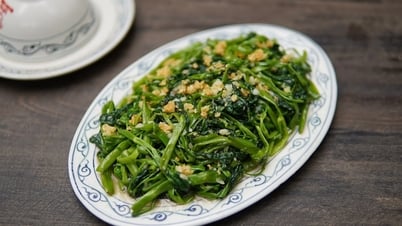

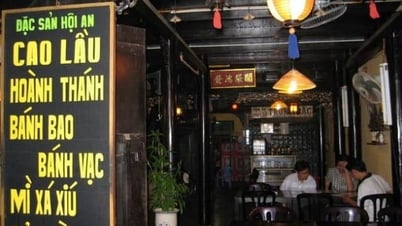

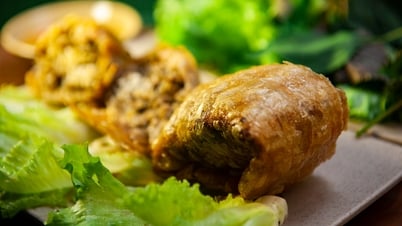

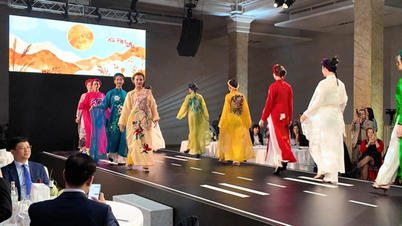



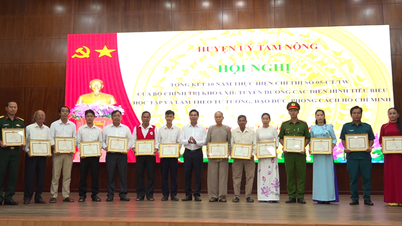

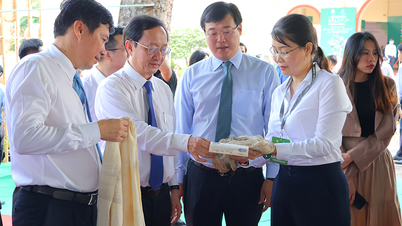

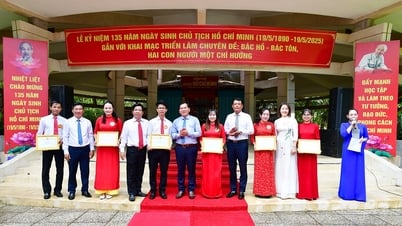




















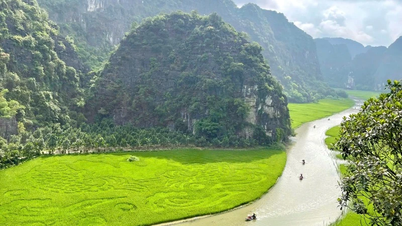
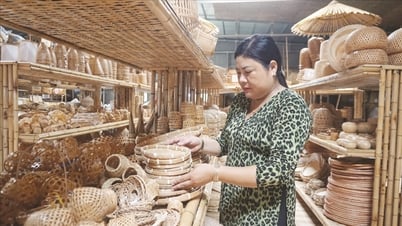



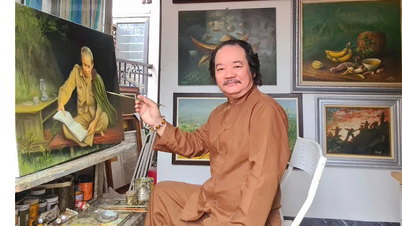
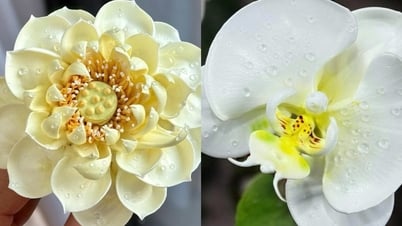









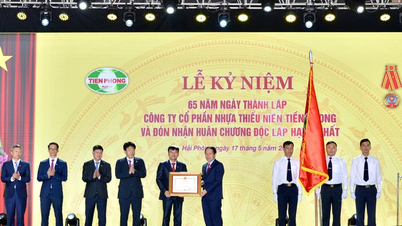


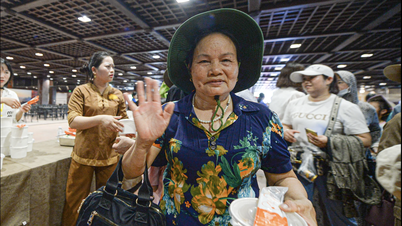






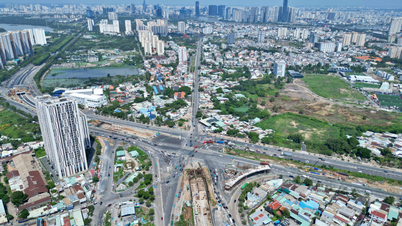









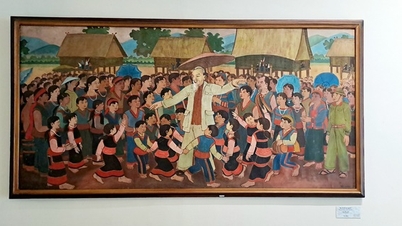
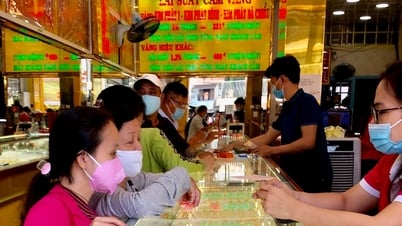
















Comment (0)